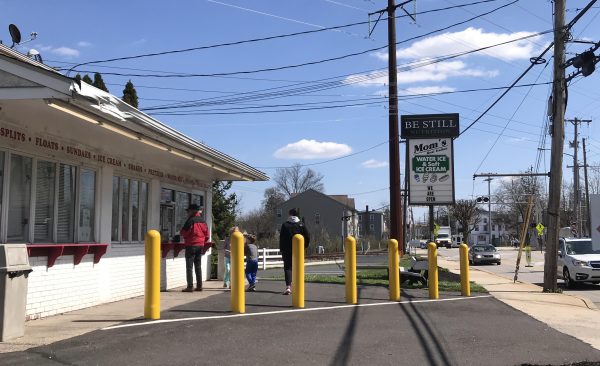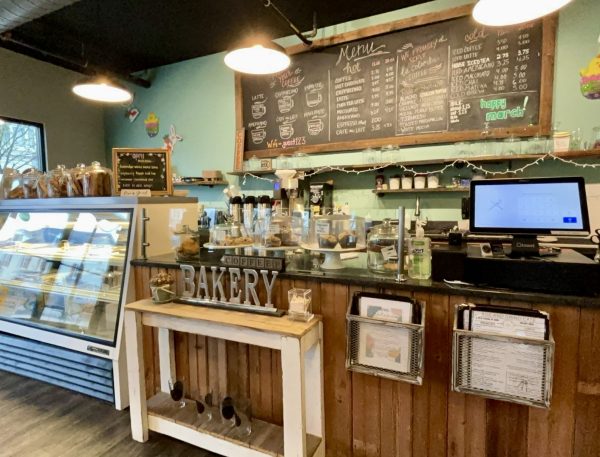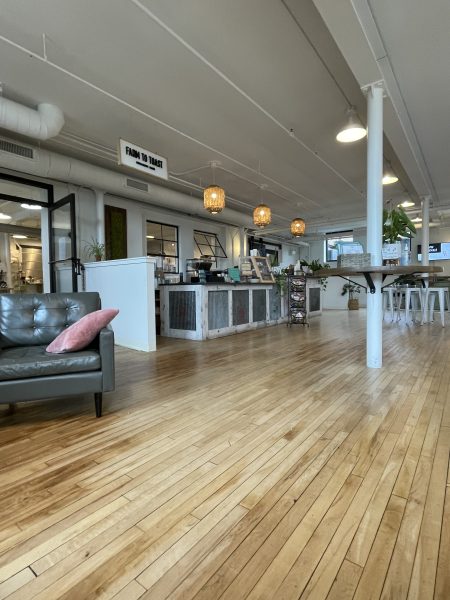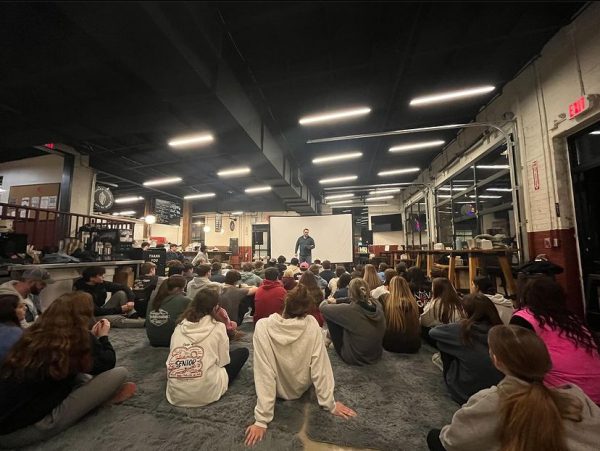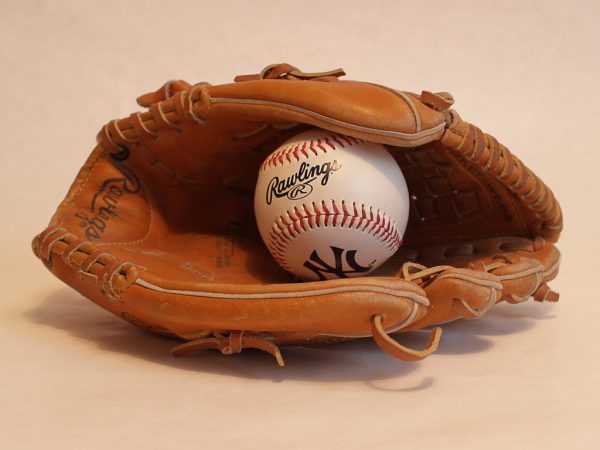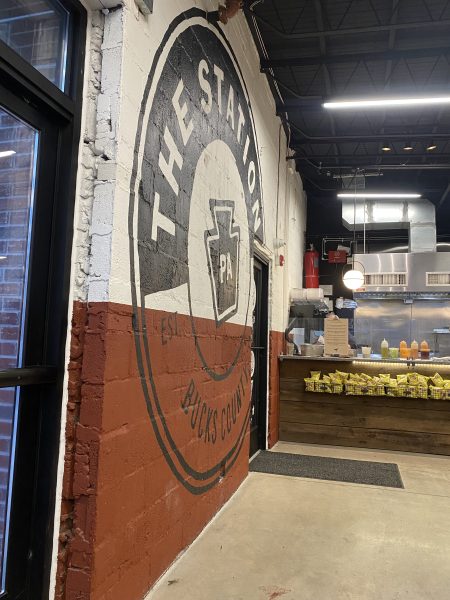Irish Dance
In the spirit of St. Patrick’s Day being recent, Irish dance came up in conversation. There are some differences with shows taking place and how they are held with new Covid restrictions and other factors being considered recently. Jennifer Cranford is an active member in the Pride of Erin School of Irish Dance and figured this time would be a great opportunity to inform others on both the modern-day aspect and the history of Irish dance itself.
The roots of Irish dancing come from the Celts and the druids who roamed the island before the onset of Christianity and outside influences came along. Naturally, the dancing was accompanied by music or singing and usually took place at religious celebrations or other special occasions. The reason for the dancers having straight arms has no confirmed reason; however, most believe that it was due to the suppression of Irish culture when there was English influence within Ireland. The theory is that their legs would be hidden either by barn doors, or hedges so they could still dance but would disguise their movements by keeping a rigid upper body. Nowadays in more contemporary dance, the upper body can be more relaxed and has since changed compared to the traditional style.
Beth Timoney who is a dance teacher at Pride of Rein School of Irish Dance was interviewed and when asked about what a normal year looks like around St. Patrick’s Day looks like, she said “Normally we are running the girls from morning, noon, to night. We on average do about 50 shows in a 2-and-a-half-week period. Because of Covid, it was cut down to a third of that, but we were grateful to at least be able to get our dancers out to do some Irish events.” So, although this year is anything but normal, everyone is still so grateful to even be able to perform. A mom of another dancer, Kristie Wharf was also interviewed and when asked about what the hardest aspect of teaching in a pandemic was, she answered “Originally the hardest part was for beginners, anyone under the age of eight; trying to keep them focused on zoom, trying to get them to understand the teachers are the reverse of what they’re doing on the camera, and keeping them motivated to want to come after zoom all day with school. But now that we can be back face to face, the hardest part is that Irish dance has a lot of contact, and a lot of families aren’t comfortable with that yet so we’re doing innovative new dances that are not traditional Irish dance, just to give the girls something to do.” With all the new challenges that modern-day Covid has brought modern-day solutions. As hard as this year has been, the girls and teachers are still doing everything they can to put on a great performance despite the circumstances.
Nicole Heyer, grade 12. She enjoys fitness and health related topics such as nutrition. She is passionate about the medical field and is going to attend...
